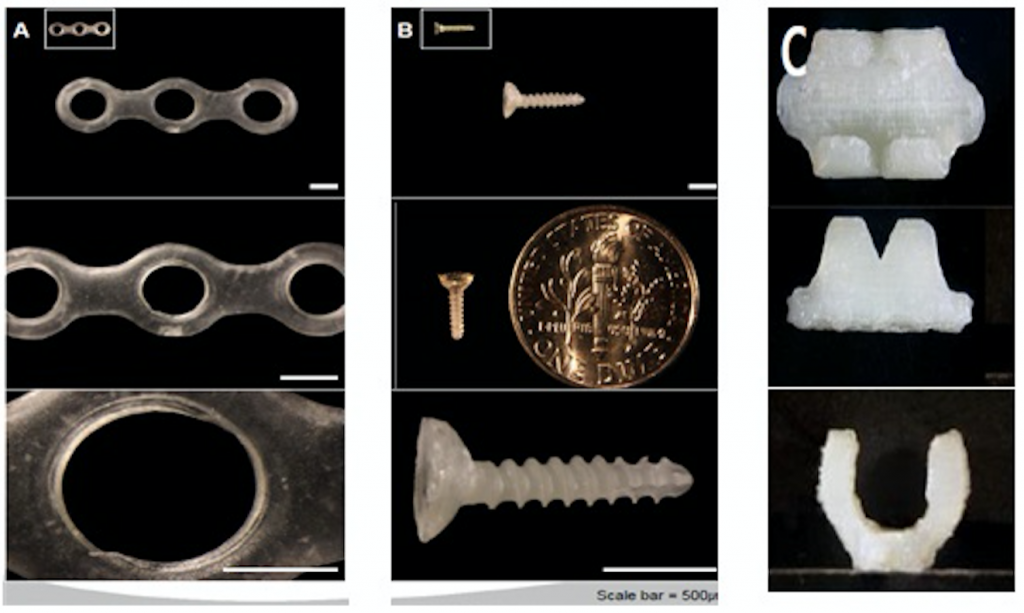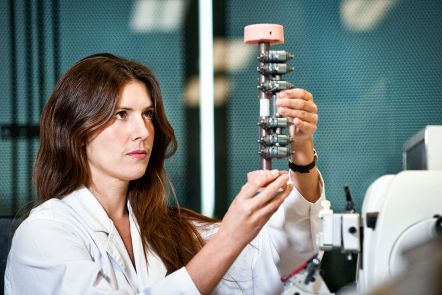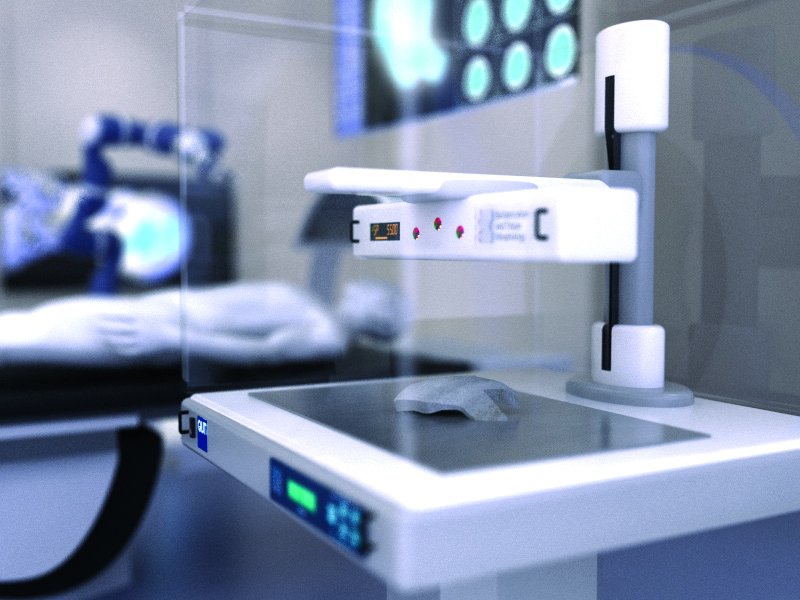The Herston Health Precinct in Brisbane, Queensland, is in the center of seven of the city’s medical institutes, including the Royal Brisbane and Women’s Hospital (RBWH) that already implements 3D printing as surgical guides. 2017’s redevelopment of the Herston Quarter is going to see the addition of a new specialized biofabrication unit that will model and print materials to be surgically implanted in patients – such as screws, plates and chips for bone-grafts, and eventually tissue and organs made from the patient’s own cells.

The new center is the product of a collaboration between Queensland Government’s Metro North Hospital and Health Service at RBWH, and the Queensland University of Technology (QUT). Professor Mia Woodruff is associate professor of the Histology lab at QUT, specializing in the study of the microanatomy of living cells and leader of Biofabrication & Tissue Morphology. She says;
We hope that the sky’s the limit with this new institute. At the moment we can heal bone, we can heal cartilage, we can make customized ear prosthetics – really, the future is going to be looking at creating tissue constructs and moving towards real organs.
She also went on to explain how 3D printable materials are not only accepted by the body, but they are also bio-degradable, as is common in spine surgery, and seen in the fracture fixing silk proteins from researchers in Seoul. Materials having the ability to eventually be absorbed by the body and overtaken by natural human cells can eradicate the need for subsequent operations to remove the implants and, being 3D printed, are capable of more complex and unique structures.

Prof. Woodruff is also lead researcher of the FutureHear project from Australia’s Hear and Say charity. Last month, FutureHear launched a crowdfunding campaign on Pozible to help fund the development of ear prosthetics for children born with microtia – a birth defect that affects the formation and functionality of children’s ears. Unfortunately, the campaign was unsuccessful, but this new center in Brisbane gives significant hope to the campaign.

Australian Minister for Health, Cameron Dick, was the first to make the announcement. His hopes for the Herston Health Precinct is to ‘…pave the way for 3D printers to sit in operating theatres, ready to print tissue as needed, in our hospitals of the future.’ He went on to add:
It will be the first time a biomanufacturing institute will be co-located with a high-level hospital. Researchers, scientists, nurses and doctors will all be working together to deliver the best outcome for patients.
The Herston biofabrication center is undoubtedly the first of many similar labs we will be seeing in the future, not only in Australia, but on a national scale.
Featured image shows the Royal Brisbane and Women’s Hospital in Queensland, Australia. Image via: Giulio Saggin, ABC News


